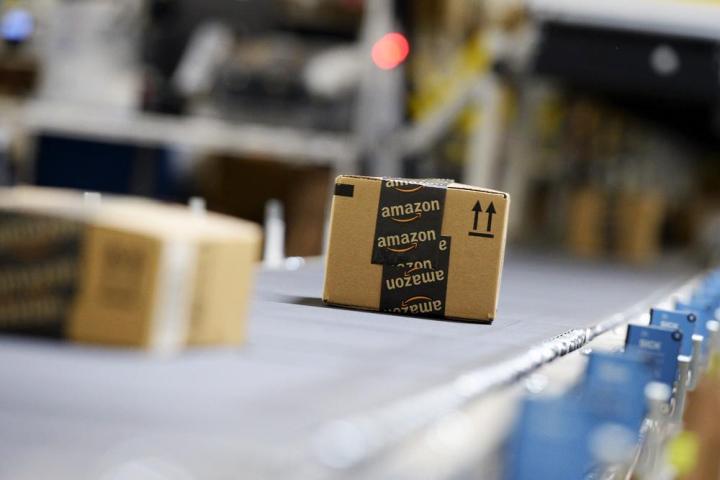
Last month we learned that Amazon may be planning a so-called “click and collect” service for its AmazonFresh grocery service, but this latest scheme, which goes by the name “Flex,” would cover masses of items on its main website.
The e-commerce giant hasn’t made any official announcement about the service, but a sign spotted at its new Kirkland distribution center near Seattle certainly suggests Amazon is prepping the launch of a new system for getting goods into the hands of customers.
Reported first by GeekWire on Tuesday, the sign reads, “Please take a ticket number located behind you. Please look for your number on the top corner of the wall on your left. Proceed to pick up your package once your number is displayed.”
Like Amazon Lockers at 7-Eleven stores, Flex would allow you to collect your item at a time that suits you, but unlike the lockers, there’ll be smiling Amazon staff – well, hopefully they’ll be smiling – waiting to greet you when you arrive.
If the expected service proves a hit with customers in the Seattle area, Amazon would likely build similar facilities at more of its distribution centers across the country and beyond.
Of course, with the company gradually rolling out its super-fast Prime Now delivery service to addresses close to its distribution centers, Prime members in the area need only wait two hours at most for an item to arrive at their door. Still, such deliveries don’t cover all items, and there may be occasions where it’s simply more convenient to collect it yourself.
For Amazon, Flex would help it cut costs, eliminating last-mile delivery charges while at the same time offering customers a new way to get their goods.
But as we’ve said, Amazon is yet to offer any official word on the apparent plan, so let’s wait to see if it actually comes to fruition.
Editors' Recommendations
- Canadian woman pleads for Amazon to stop unwanted deliveries
- Amazon shows off new delivery drone ahead of trial service
- Amazon’s latest purchase aims to speed up your deliveries
- Amazon now lets you create up to six viewer profiles on Prime Video
- Amazon has reportedly set a new date for Prime Day


